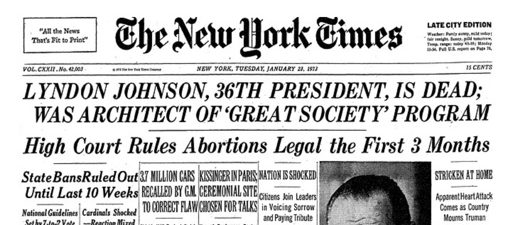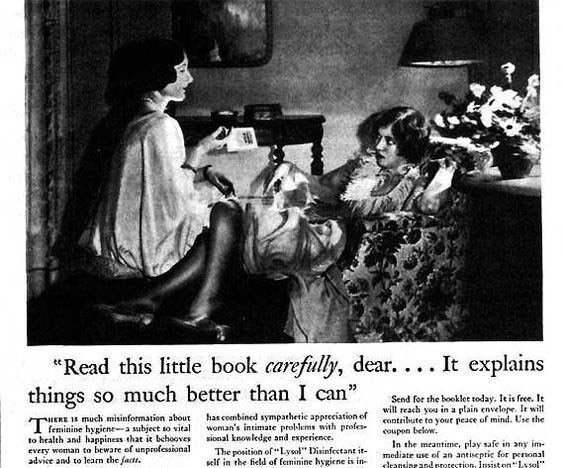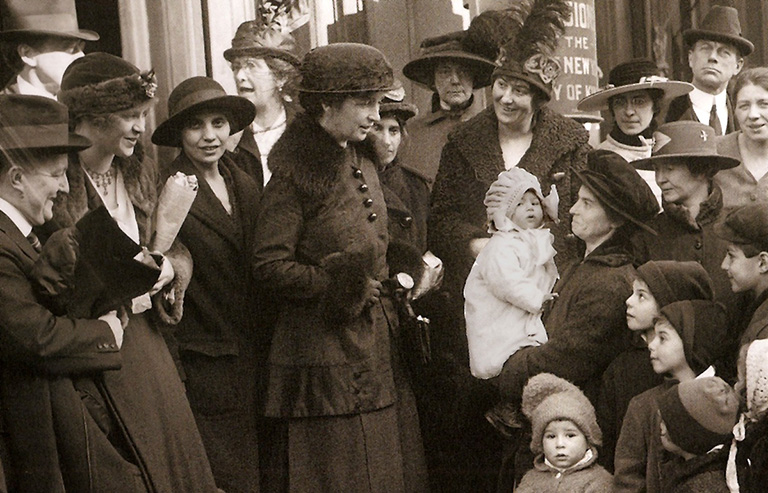As I write this, Roe v. Wade is celebrating its 44th anniversary just a day after the Women’s March on Washington. I wanted to share a quick history of this Supreme Court decision since not even I knew all the details other than the date and the resulting outcome. This post is not going to go into all the details, though. Roe v. Wade has a complicated and controversial history that is fraught with emotion, especial in these times. So this will be a “just the fact, ma’am” kind of post*.
Lawyers Sarah Weddington and Linda Coffee would meet Norma McCorvey (Jane Roe) in December of 1969 through adoption lawyer Henry McClaskey. Norma was pregnant with her third child and could not legally get an abortion in the state of Texas. She went to McClaskey to see if he knew how she could get an abortion locally. He couldn’t help her with the abortion, but he contacted Coffee knowing she was working to file suit to change the abortion laws. Current laws only allowed a legal abortion if the mother’s life was in danger. Women wanted an abortion had to travel to another state or out of the country to get one.
Even though the case wouldn’t be settled in time to change her condition, Norma became the plaintiff in Weddington and Coffee’s lawsuit. It was filed as a class action lawsuit so that it included not only Norma but also any woman in the present or future. The suit argued that women were had a right to an abortion under the 14th amendment, as it was a right to privacy issue. It also challenged that this was an unenumerated right protected by the 9th amendment, unenumerated rights were implied but not explicitly referenced in the constitution.
Weddington and Coffee also put together another case involving a married couple, John and Mary Doe v. Wade. Since Mary Doe had medical issues and her doctor recommended she not get pregnant. Coffee thought having a couple instead of a single mother seemed like a better plaintiff for a case. Dr. James Hallford was also added to the case since he was facing criminal prosecution for performing abortions in the state.
They filed the lawsuit on March 3, 1970.
“Wade” was Dallas County District Attorney Henry Wade. He was district attorney from 1951 to 1987. Wade was known for being the prosecuting attorney in both the Lee Harvey Oswald and Jack Ruby cases. Wade appointed John Tolle, one of his staff attorneys, to defend the suit instead of doing it himself. The state also appointed their attorney, Jay Floyd, to work on the case alongside Tolle.
The first district trial hearing was on May 22, 1970 before a panel of three judges of the Fifth Circuit Court; Judge Sarah Hughes, Judge William Taylor, and Judge Irving Goldberg. It got off to a rocky start when Judge Goldberg asked some hard-hitting questions and both Coffee and Tolle having trouble during their arguments. On June 17, 1970, the court dismissed Dr. Hallford’s intervention and the Doe’s lawsuit. They ruled in favor of Roe, finding the law unconstitutional as a right of privacy issue under the ninth amendment, through the 14th amendment.
Unfortunately, while the ruling stated it was unconstitutional to prohibit abortion, it did nothing to stop the courts from prosecuting. The ruling lacked the essential injunction against Texas that would prevent the state from prosecuting anyone who violated the law, even if it was deemed unconstitutional. The omission turned out to be in their favor as it gave Weddington and Coffee a chance to appeal to the U.S. Supreme Court.
On December 13, 1972, Weddington and Coffee argued before the Supreme Court. Jay Floyd returned to defend. The justices presiding over this case were Justices Harry Blackmun, Byron White, William Brennan, Thurgood Marshall, Potter Stewart, Warren Burger, and William Douglas. They are down two justices due to Justices Hugo Black and John Harlan having just retired due to illness. After much debate and several arguments, the justices decided to reargue the case.
They returned to court on October 11, 1972, this time with Judges William Rehnquist and Lewis Powel. Rehnquist and Powel replaced Hugo Black and John Harlan but had not been sworn in until after the first hearing. Texas Assistant Attorney General Robert Flowers replaced Jay Floyd after a poor performance, and a terrible opening joke, at the trial but to no avail.
On January 22, 1973, the justices delivered a 7-2 decision in favor of Roe by right to privacy accorded by the 14th amendment. In the words of Justice Blackmun, “This right of privacy, whether it be founded in the Fourteenth Amendment’s concept of personal liberty and restrictions upon state action, as we feel it is, or, as the District Court determined, in the Ninth Amendment’s reservation of rights to the people, is broad enough to encompass a woman’s decision whether or not to terminate her pregnancy”
*I’m quoting Dan Ackroyd as Joe Friday, not Jack Webb. Historically, Jack Webb never used that exact phrase even though it’s attributed to him




